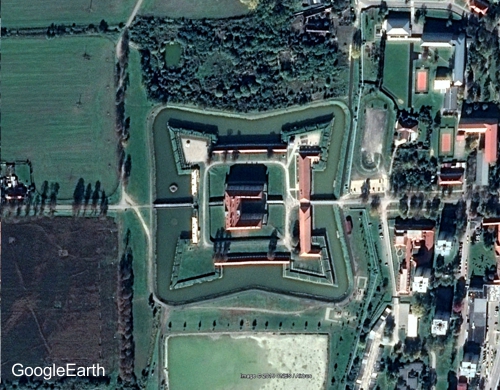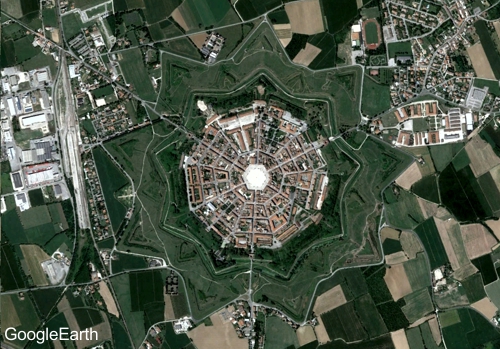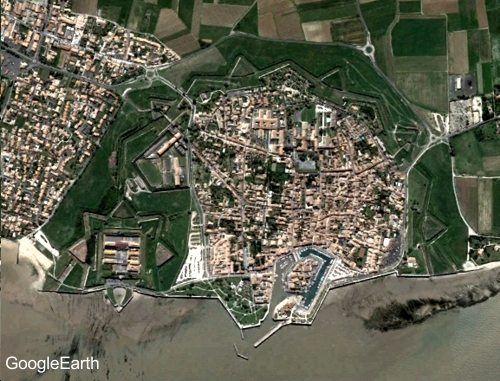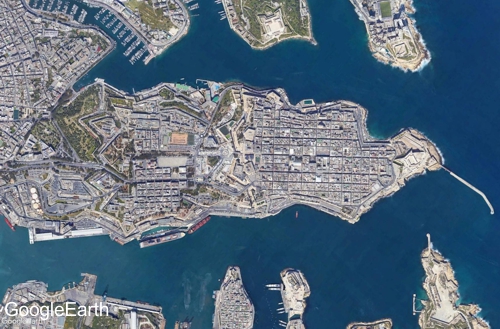
 |
| HOME | THE BASICS | ADVANCED | LOCATIONS | VIDEOS | FORUM | CONTACT |
| The Basics - Starforts are so much more than just 'star forts' - as described by
mainstream historians. There are a huge number of different styles and designs of starfort - and on closer examination, they clearly had various uses and functions. Variety was very important to the civilisation that built the starforts, consequently there are many variations based on a common theme. The most common 'types' (presumably for living in, use as residencies and outposts, places of worship maybe, etc) are listed below. These designs are intermixable and interchangeable, but we have to start somewhere! We are attempting to develop a more in-depth set of descriptions for the structures involved in the starfort phenomenon, so that we can all understand one another when we are talking about the various different types. It will also help us, long term, to understand which structures were used where - and perhaps their function - and that they may not be 'forts', at all! It should be noted that there are regional variations to starfort structures - for instance, the structures of the star civilisation in China were more rectangular shaped than star-shaped - but more on that later. |
 |
Star
4-point Example: Holic in Slovakia. A well preserved four-point example in Slovakia. There are many different regional variations of four-pointers - for instance, they get very 'spiky' in Spain and more 'pointy' in Russia, . Check out the four-pointer in depth page for more details. (coming soon) |
 |
Star
5-point Example: Kastellet in Copenhagen, Denmark. This lovely five-pointer still has it's original surrounding canal system intact. There are a quite a few of these still surving today, in many parts of the world - though most are no longer connected to the canal system they were originally a part of. Five-pointers measure, on average, approx 250-400m from tip of one spear to the opposite side wall. Size can vary. Almost always built on flatter ground with access to a main canal, they are also found in very close proximity to starcities, often forming the 'hedgehog' formation when attached to a starcity. (See 'star hedgehog' below) Check out the five-pointer in depth page for more info. (coming soon) |
 |
Star
Long Thinny Example: Citadelle de Bitche in France. Affectionately also known as a 'long-thinny', these castles are usually built in higher locations, on hills or mountains, across the top of ridges and peaks. More on castles coming soon. |
 |
Star
City Example: Palmanova in Italy. StarHubs have between 6 and 12 'points' i.e. Palmanova is a nine-point assymetric StarHub. It will have been connected into the canal system in the same way everything else was within the star civilisation. You can actually walk around this city using GoogleEarth StreetView - check out where the canals used to be in what looks like the dried up moats surrounding the entire city. We know they're not moats though :) More on Starhubs here. (coming soon) |
 |
Star
Hedgehog Example: St. Martin De Re in France. A Hedgehog incorporates both a Starcity and a four or five point star structure. More on hedgehogs here. |
 |
Star
Megalopolis Example: Floriana in Malta. A massive construction involving many, many different aspects of the star civilisation's buildings and styles. Alas, some of it now underwater, we suspect! More Megalopolis here. (link) See the Floriana Special at the starforts.org forum. |
| NOTE: There are also a huge number of different styles of building structures linked to the StarCiv (Star Civilisation) phenomenon that clearly had seperate and distinct functions to the standardised structures listed above - these structures are outlined in the Advanced section. |
| No copyright whatsoever. |